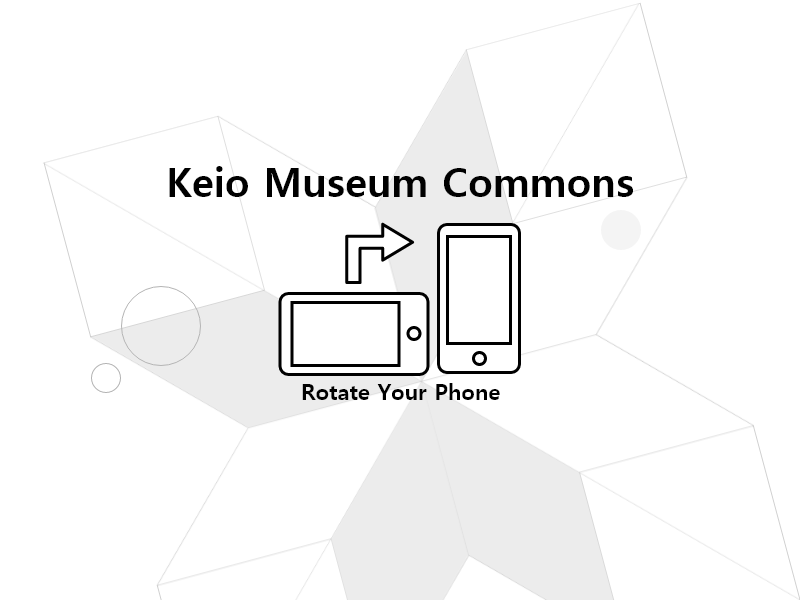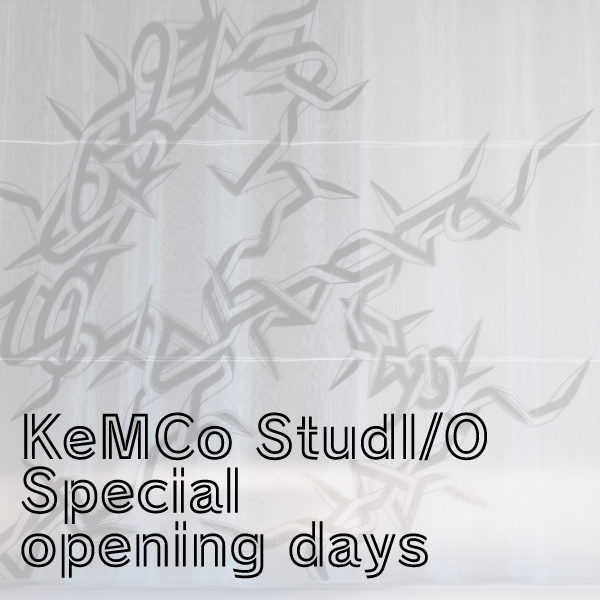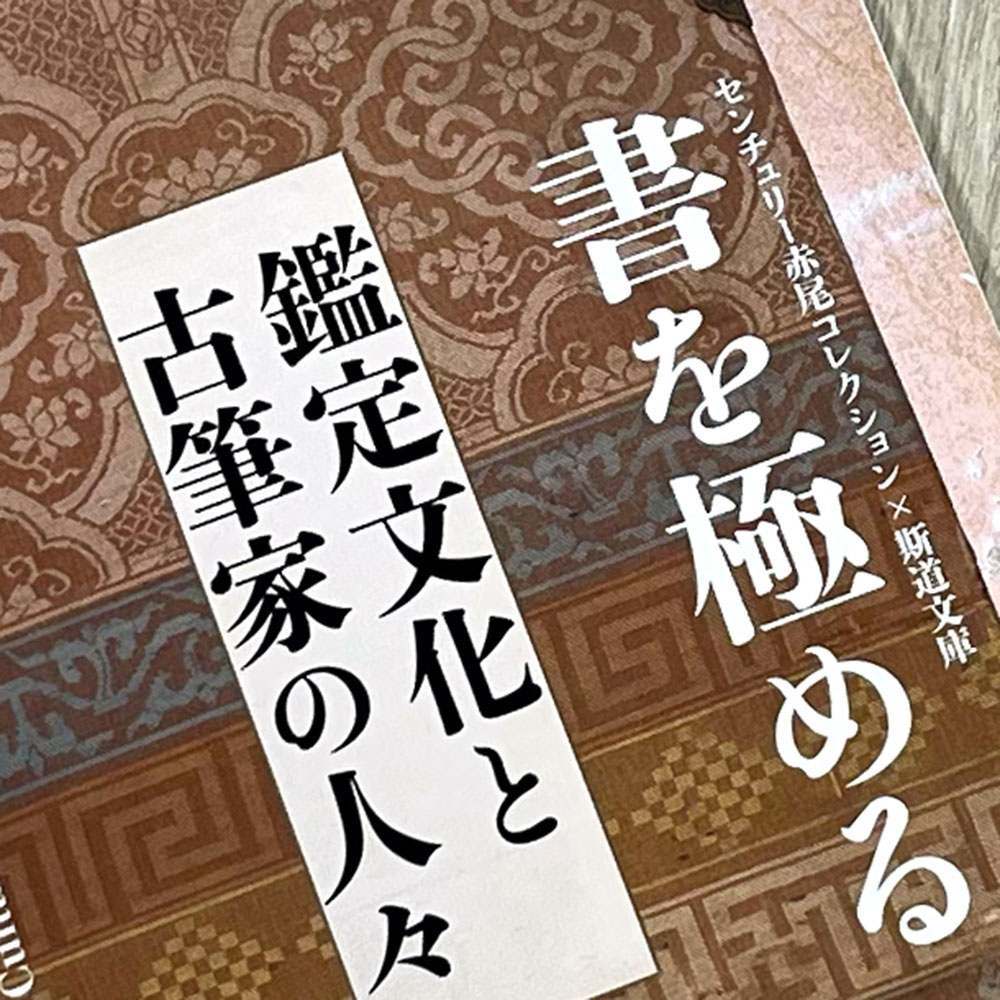Century Akao Collection × Institute of Oriental Classics (Shido Bunko) Identifying Hands: Attributional Culture and the Kohitsu Family
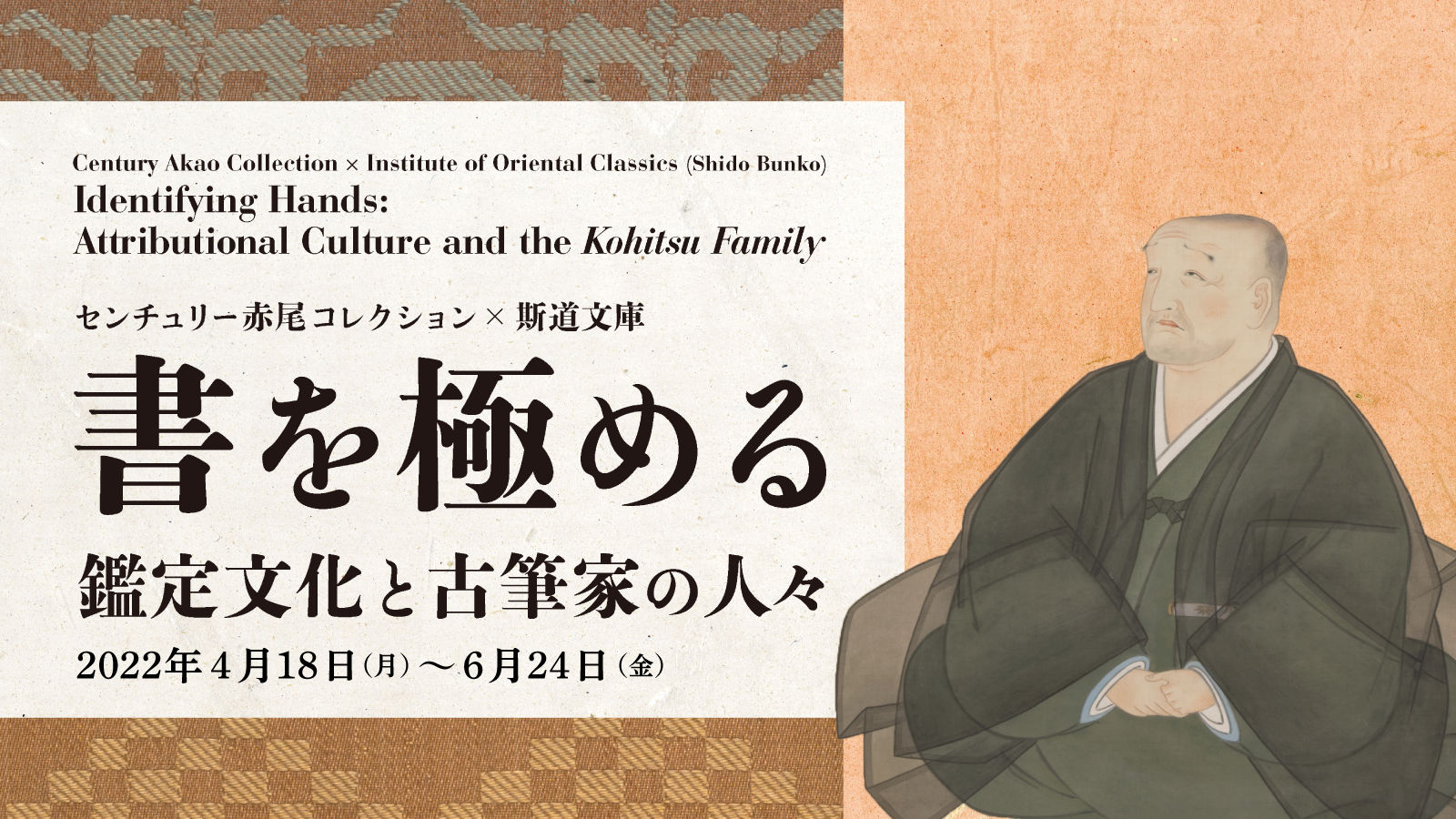
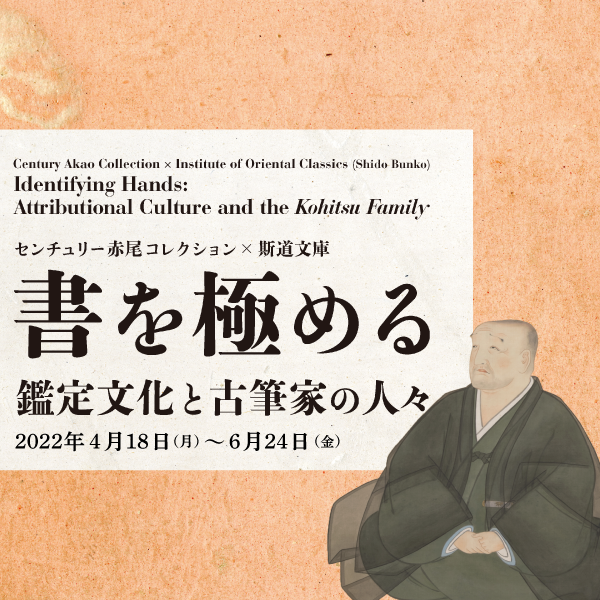
In countries where brushes were used as a means to write, a culture of appreciating calligraphy is particularly developed, and Japan is no exception. During the Edo Period, it became widespread to prize ancient calligraphy called “Kohitsu”, with a fashion for cutting up incomplete books, and appreciating and collecting the segments (Kohitsugire) as works of calligraphy as art. Due to the convention of classifying and arranging them by calligrapher, families established themselves whose employment was calligraphy appraisal. The Kohitsu Family was that central presence, called the Kohitsu Honke (main family) to differentiate it from branch families (sub-families).
In the Century Akao Collection is a huge quantity of material and records accrued by the Kohitsu Family, covering the roughly 300 years of their appraisal activities from early Edo Period into the Showa Period. The task of identifying the calligraphers could be a fight with the impossible. The display on this occasion, in combination with material from the Institute of Oriental Classics (Shido Bunko), Mita Media Center (Keio University Library), etc., introduces how individuals of the Kohitsu Family, throughout the ages, grappled with their work.
There are also workshops planned at Keio Museum Commons focusing on the actual producing of Kohitsugire, segments from old books.
Organized by Keio Museum Commons, Institute of Oriental Classics (Shido Bunko)
Cooperated by Mita Media Center (Keio University Library)
Date
Mon., April 18, 2022 – Fri., June 24, 2022
11:00—18:00 (Last admission at 17:30)
[Closed Saturdays, Sundays, and Public Holidays]
Special opening days: May 14 (Sat.), June 18 (Sat.)
Temporary closing days: May 16 (Mon.), June 13 (Mon.)Venue
Keio Museum Commons (East Annex, Keio University Mita Campus)
Audience
Open to anyone
*Click here to make a reservation.
Cost
Admission Free
Enquiries and
bookingsKeio Museum Commons
Exhibitions Highlights:
1. Folding Screen of Poem Strips, Kamakura−Edo period (13th−17th century)
2. Attributed to Kodai no Kimi (Ko-ōgimi), Part of Chapter 8 of the Reika-shū (Kōshi Fragment),
Heian Period (11th century)
3.Collections of Famous Calligraphy Fragments, 8 manuscripts, Late Edo period (19th century)
4 .Collections of Famous Early Calligraphy, 7 woodblock-printed books and 1 manuscript, Edo
period−Shōwa era (19th−20th century)
5 .Calligraphy by KOHITSU Ryōshin, Illustrations by Yukihiko Yasuda, Portrait of the Calligrapher
KOHITSU Ryōsa, Taishō era (early 20th century)
6.Illustrations and Calligraphy by KOHITSU Ryoi, Self-portrait, mid-Edo period (18th century)
7.The Catalogue of Exemplary Calligraphy Moshiogusa (Brinish Seaweed), Album, Late Edo period
(19th century)
8 .Attributed to Shimizutani Saneaki, Part of the Later Collection of Gleanings (Jimyōin Fragment),
Nanbokuchō period (14th century)
Collection destination※
1.:Mita Media Center(Keio University Library)
2.~8.:Keio University (Century Akao Collection)
※Click here for brochure(2MB)
※Click here for a list of exhibited works
